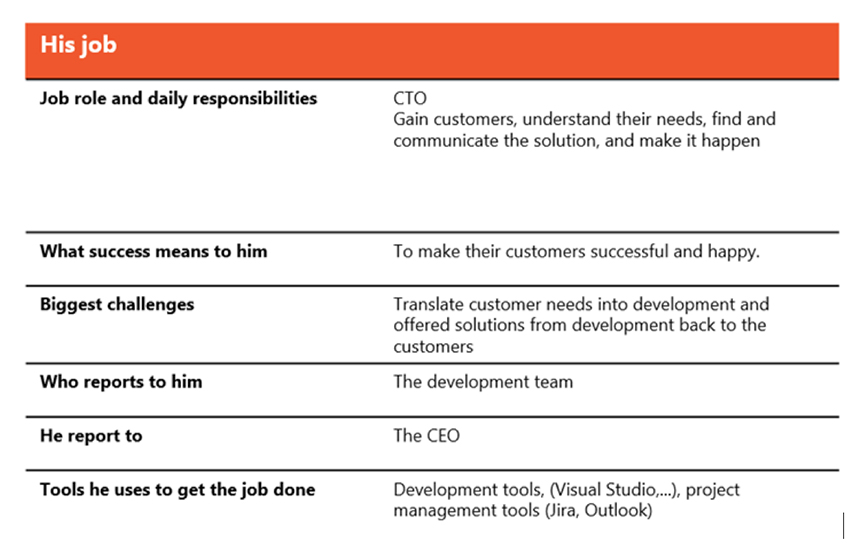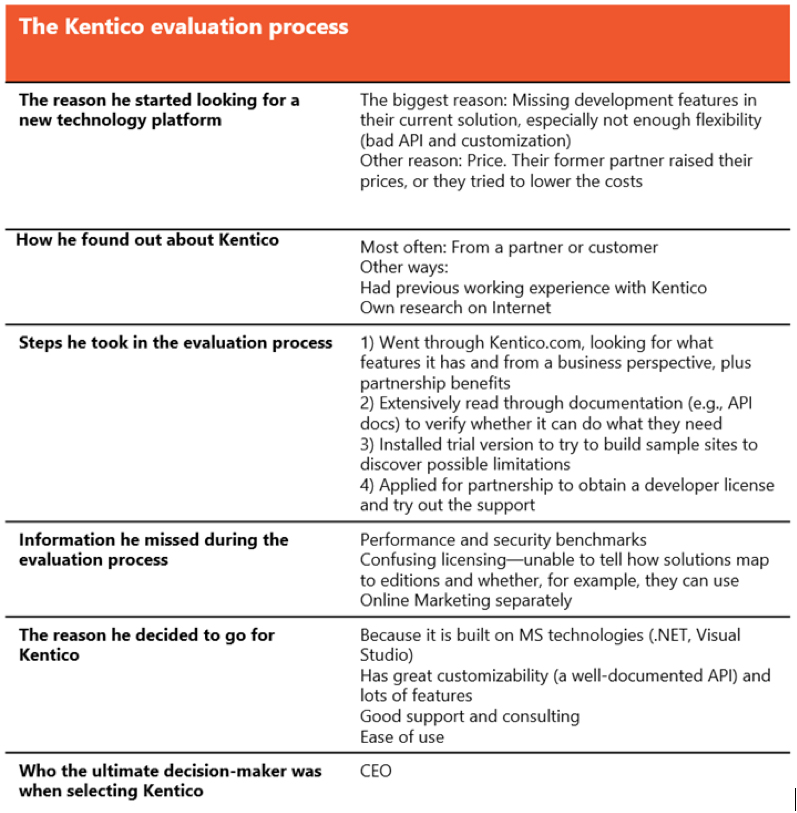Marketing personas characterise target users or potential customers and sum up all their key information – and segmenting a database by personas has been proven to increase uptake. Here’s how to create and leverage this sales and marketing tool for best effect.
Effective use of marketing personas directly correlates with business success. They are one of the core tools for product design teams as used in major brands such as Salesforce and Atlassian. Sales teams report they help them to focus and reach revenue. A Cintell study of B2B companies found that 94% of businesses that exceed lead and revenue goals say they segment their database by personas. This suggests that businesses would be crazy to ignore personas. But what are they, exactly? A set of cards with cute graphics on them? Well, yes and no.
Personas can be viewed simply as a tool to ease collaborative work on creative projects. Basically they identify the target users or customers and sum up all the key information about them. This is crucial to enable effective critiques, design decisions, and feature prioritisation.
To decide whether you actually need this tool, the first step is to look at team size. When you’re working alone or working in a small team and are able to easily disseminate information on your own, personas are a waste of time. But when there are more people that need to understand the user or the customer, especially if the team is more distributed, they’re definitely worth the effort.
Sadly, there is no magic formula to ensure the ideal balance of usefulness against cost. However, clarifying these questions beforehand helps you to make relevant, useful and cost-efficient personas:
Two types of persona
When looking at personas through the lens of the project on which you’re working, there are two main types: buyers and users.
Buyer: When defining a marketing strategy or working on improving sales, you need a buyer (marketing) persona. It represents your target customers and those involved in the decision-making process. Your sales and marketing people will work with it.
The marketing persona describes demographic information, buying motivation and preferences, media habits and the type of marketing message the persona responds to. It can also dig deeper into the ‘whys’ of the decision-making process of purchasing a product or consuming content.
However, the marketing persona won’t tell you what the product or service should be, how it should behave, or how to prioritise its development. That’s why we need the user persona.
User: User personas have a different purpose to marketing personas. Not understanding the difference is a common cause of persona abandonment. While marketing personas tell you what people want, user personas tell you what they need.
When you need to come up with a product (such as an application), a service (e.g. a training tutorial), or even a single feature, user personas are your best friend. You need to know what the people do, what their workflow looks like, and what their frustrations, fears and obstacles are. To understand the big picture, you also want to know what tools they use and how their environment looks. Only then are you able to understand correctly what they need and want and define a remedy for these needs and wants.
Personas can be a powerful tool in the right hands, yet it’s important to know their limitations. No matter how well crafted a marketing persona is, it won’t give you the information you need for product design. Similarly, the most expensive user persona won’t help you with selling.
Relevant characteristics
Scope and purpose are other factors that predetermine the usefulness of a persona. Deciding on them won’t take long, but is as crucial as picking the right type of screwdriver to loosen a rusty screw.
When it comes to scope – typically, personas are created for the whole product, website or company. The reason behind such an approach is to unite the team effort and to target the same audience. Nevertheless, in some cases, it’s useful to zoom in and create a project-specific persona.
Imagine you’re working on a company-wide system and need to redesign a feature for one specific user role. Of course, you’ll be better off with a persona that represents that particular role rather than one that represents the whole department. This persona describes the buyer or user characteristics relevant for the project in greater detail. It is more relevant and thus more likely to be useful.
Time and budget
As already mentioned, if you have a larger team, your question shouldn’t be whether to create a persona or not. Question instead how in-depth it needs to be and the desired quality.
Imagine the persona quality as a slider; at one end, there is an educated guess, on the other, rigorous research with careful processing of extreme cases. At the same time, the slider illustrates the cost and time required.
The educated guess is useful for projects on a tight schedule; it saves a lot of time, but might be double-edged. Educated guesses are often affected by biases and beliefs of the ‘psychic’. To mitigate these risks, negotiate enough time and budget to run some research with real people. Going for an educated guess for business or socially critical projects is very dangerous and can be harmful for more than just your reputation.
Communicating marketing personas
Communication of personas is sometimes ignored. While designers and marketers are often into the data from day one, what they tend to forget is that they are not the only ones that should absorb the information within personas. Sales teams, product managers, developers – they all need this information. That’s why you need to help personas make the final step – to be beautifully crafted and available during critiques, prioritisation and vetting decisions.
The larger your team, the more you want personas to look great, be easily accessible,and a topic of discussion. Communicating personas properly is something companies struggle with. Only 8% feel that at least three-quarters of their organisation could name their personas. At the same time, just 21% share them as PDFs or a similar highly static format (according to Cintell).
So document and popularise your resources and analytical process. You might have noticed by now that you haven’t used some of the useful information for the persona creation. Don’t throw it away – this information will come in handy. One or two sceptics will be more likely to trust your suspicious little cards if they have more background!
Next steps
Once you realise the need to update your personas, and before you start designing your research or searching for an agency to help with the task, heed this last hint: Typically, B2B businesses are not interested in the personal stories or after-work activities of their target audience, as these do not have any influence on buying decisions. Instead, B2B marketers will focus on information – such as job role, day-to-day tasks or previous experience.
But B2C companies usually want to learn as much as they can about their audience, from their personal background, age, number of children, marital status, buying interests and more. B2C marketers should put this information together because they may all have a huge effect on the whole buying process and behaviour of people on your website.
Meet Evan the Evaluator
Let me now describe one of our Kentico buyer personas, so you can better understand how they help us with content creation. ‘Evan the Evaluator’ works as a CTO on the side of a potential Kentico partner agency. He is the person responsible for selecting the new content management platform the agency will start building websites with. That’s why he visits the kentico.com site. His main objective, then, is to evaluate whether Kentico is a suitable candidate for his agency.
In the table below is a full description of the Evan the Evaluator persona. As you can see, the way we described Evan is a little different to traditional marketing personas. Our persona does not provide you with demographic data, does not give you details about Evan’s personal background or the day-to-day tasks in his job. We are a B2B company, thus these are simply not important to us.
What matters the most, in our case, is his objective. We focus on his actions and the steps he takes to evaluate our web content management system. Based on all this information, we are able to create the right content to help overcome all his challenges along the way.
Here’s a summary of his profile:
Evan the Evaluator


Thinking ahead allowed us to run cost-efficient research and look at our website through someone else’s eyes as soon as possible. To be able to make significant changes in different sections of the website, such as Licensing or Pricing, we focused on Evan’s journey. That helps us prepare content that answers the questions he has during the whole evaluation process. This way, we make the buying decision easier for him. At the same time, storing the information about him as an editable online document helps our content team to stay focused on the creative part of their job, rather than tedious discussions about whom they are targeting.
Please join in the discussion: the GMA is a community of data driven marketers and YOUR opinion counts.
Read also:
Intricacies of B2B marketing: case study shows how to boost performance
TOFU, MOFU and BOFU: marketing funnel acronyms that lead to a successful campaign







Leave your thoughts